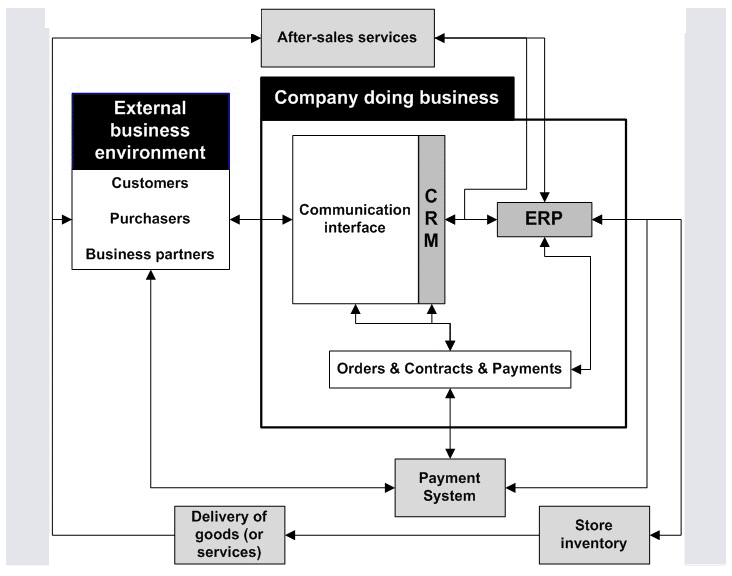Business Intelligence for E-Commerce: Increasing Sales and Conversions

Business intelligence (BI) can be a powerful tool for e-commerce businesses of all sizes. By using BI to collect and analyze data, e-commerce businesses can gain valuable insights into their customers, products, and marketing campaigns. This information can then be used to make better decisions about how to allocate resources, improve the customer experience, and increase sales and conversions.
Here are some of the ways that e-commerce businesses can use BI to increase sales and conversions:
- Identify best-selling products: BI can be used to identify the products that are selling the best. This information can then be used to focus marketing and sales efforts on these products.
- Identify underperforming products: BI can also be used to identify products that are underperforming. This information can then be used to improve these products or discontinue them altogether.
- Target the right customers: BI can be used to segment customers based on their demographics, purchase history, and other factors. This information can then be used to target customers with relevant marketing messages and offers.
- Optimize marketing campaigns: BI can be used to track the performance of marketing campaigns and identify areas for improvement. This information can then be used to create more effective marketing campaigns in the future.
- Improve the customer experience: BI can be used to track customer satisfaction and identify areas where the customer experience can be improved. This information can then be used to make changes to the website, checkout process, and other aspects of the customer experience.
Here are some specific examples of how e-commerce businesses are using BI to increase sales and conversions:
- Amazon: Amazon uses BI to track customer behavior and identify trends. This information is then used to recommend products to customers, optimize marketing campaigns, and improve the customer experience.
- Walmart: Walmart uses BI to track inventory levels and identify popular products. This information is then used to ensure that the right products are in stock at the right time.
- eBay: eBay uses BI to track the performance of seller listings and identify areas for improvement. This information is then used to help sellers improve their listings and increase their sales.
If you are an e-commerce business owner, I encourage you to consider using BI to improve your sales and conversions. BI can be a powerful tool for e-commerce businesses of all sizes, and it can help you to achieve your business goals.
Here are some tips for getting started with BI for e-commerce:
- Identify your goals: What do you want to achieve with BI? Do you want to increase sales, improve the customer experience, or reduce costs? Once you know your goals, you can start to identify the specific data that you need to collect and analyze.
- Choose the right BI tools: There are a number of different BI tools available, so it is important to choose the ones that are right for your needs and budget. Consider your technical expertise and the size and complexity of your data when choosing BI tools.
- Start small: Don’t try to do too much too soon. Start by focusing on a specific problem or question that you want to answer with BI. Once you have answered your question, you can move on to other problems and questions.
- Get help: If you need help getting started with BI, there are a number of people and resources available to help you. You can talk to a BI consultant, join a BI community, or take a BI course.
By following these tips, you can get started with BI and start to reap the benefits of this powerful tool.